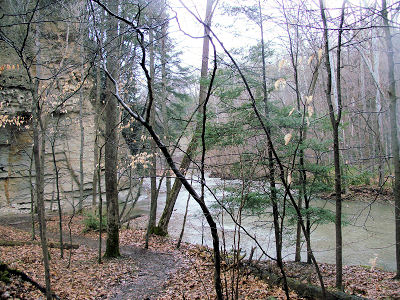It may come as a surprise that the definition of a native species is not at all clear or agreed upon. Simply put, a native plant species is one that has occurred naturally in an area for a very long time.
More specifically for Indiana, a native plant species is one that occurred in natural communities—natural plant associations and habitats—within the state boundaries prior to European contact. Regionally native species that naturally spread into the state following European contact may also be considered native.
The emphasis on plant communities helps us to focus on ecosystems, where native plants play an essential role in the web of life. That same emphasis helps us incorporate native plants into our home landscapes, as it suggests we look at plant communities and how those translate into companion plantings.
Landscape-Worthy Indiana Natives
The Flora of Indiana
We thank plant expert Kay Yatskievych for clearing up a common misunderstanding among those interested in plants.
When botanists speak of the “flora” of Indiana, they don’t mean just native plants. They mean all plants that exist outside of cultivation—in other words, any plants that are not deliberately cultivated on agricultural lands or in home gardens, public parks, and commercial properties. The flora of Indiana thus includes some plants that are not native. These are plant populations that have “escaped” cultivation as well as those that were accidentally introduced from distant regions.
Plant Families
The flora of Indiana comprises 170 plant families, compared to 465 plant families worldwide. According to Yatskievych’s Indiana Vascular Plants Catalogue (10/2011, in preparation), Indiana is home to:
- 19 families of ferns (Pteridophytes) and their allies, the club mosses and their kin (Lycophytes)
- 4 families of conifers (Gymnosperms)
- 147 families of flowering plants (Angiosperms)

